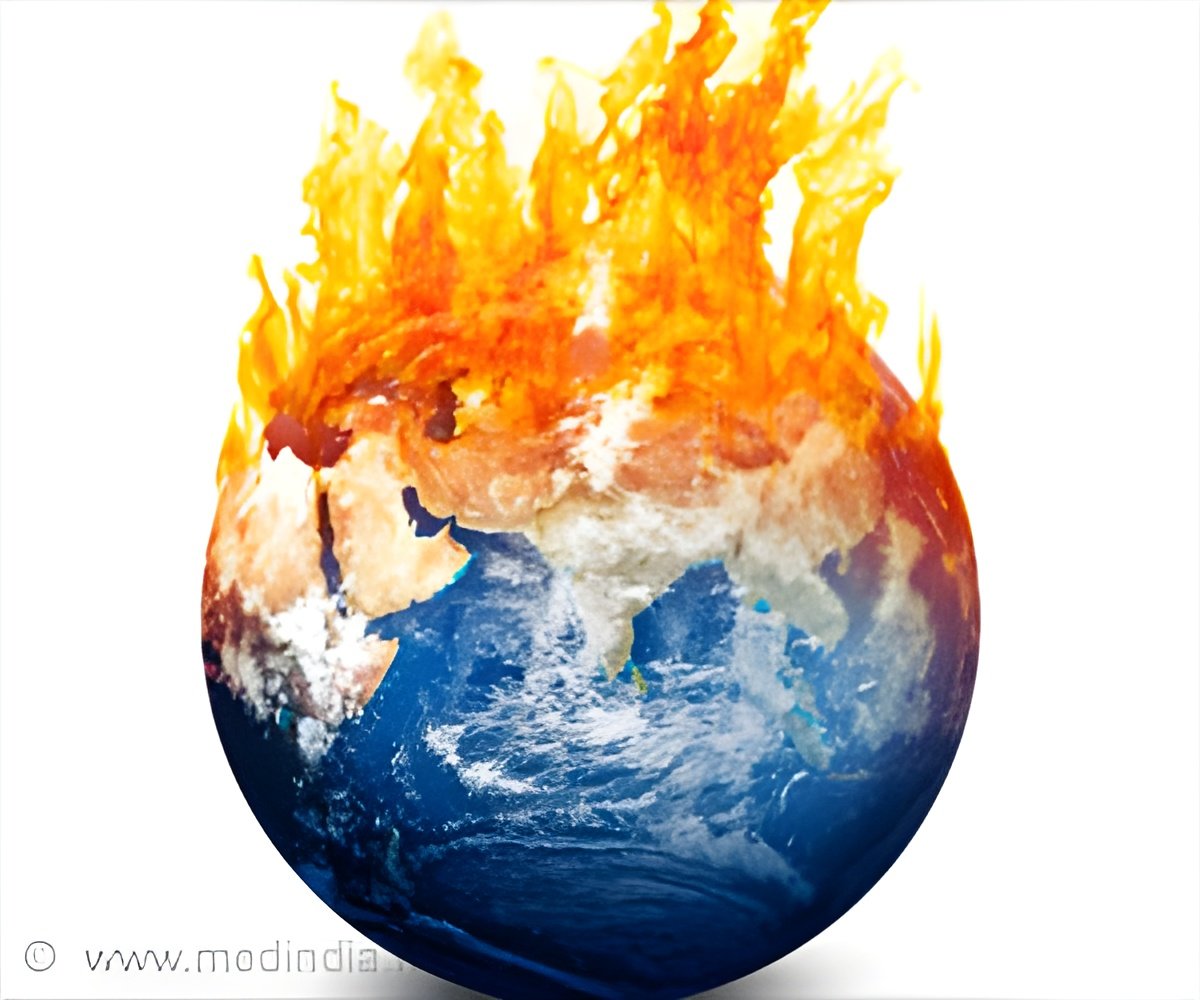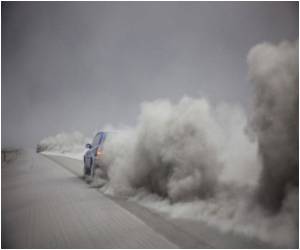
Small, frequent eruptions are known to be triggered by a process called magma replenishment, which stresses the walls around a magma chamber to breaking point.
However, the new research discovered that larger, less frequent eruptions are caused by a different phenomenon known as 'magma buoyancy' - where molten rock accumulates until its sheer buoyancy creates a different kind of stress, one that cracks open the top of the chamber and starts an eruption.
"We used numerical modelling and statistical techniques to identify the circumstances that control the frequency of volcanic activity and the amount of magma that will be released," said professor Jon Blundy and Catherine Annen from Bristol University's School of Earth Sciences.
"We now estimate that a magma chamber can contain a maximum of 35,000 km3 of eruptible magma. Of this, around 10 percent is released during a super-eruption, which means that the largest eruption could release approximately 3,500 km3 of magma", said lead researcher Luca Caricchi, assistant professor at University of Geneva.
This is the first time scientists have been able to establish a physical link between the frequency and magnitude of volcanic eruptions, said a study published in the journal "Nature Geoscience".
Advertisement
"However, the last super-eruption of a volcano, which occurred over 70,000 years ago, spewed out enough magma to fill a billion swimming pools," added the study.
Advertisement
Source-IANS








